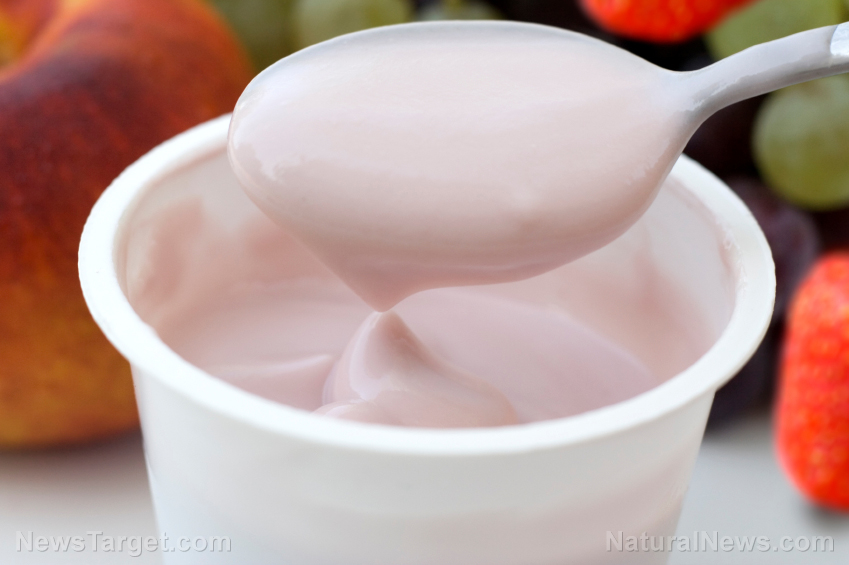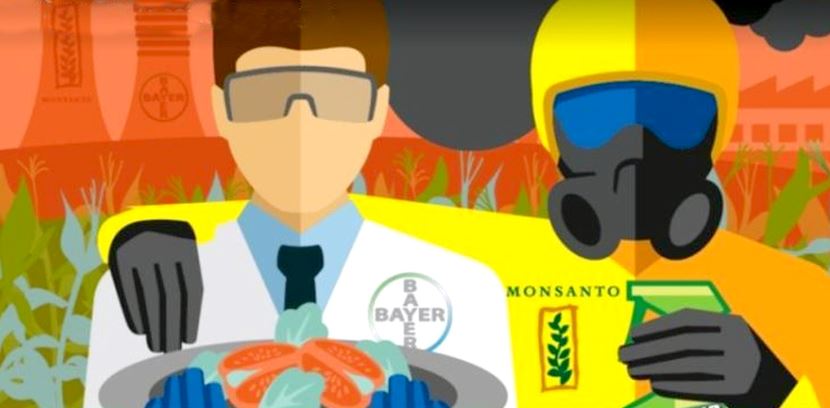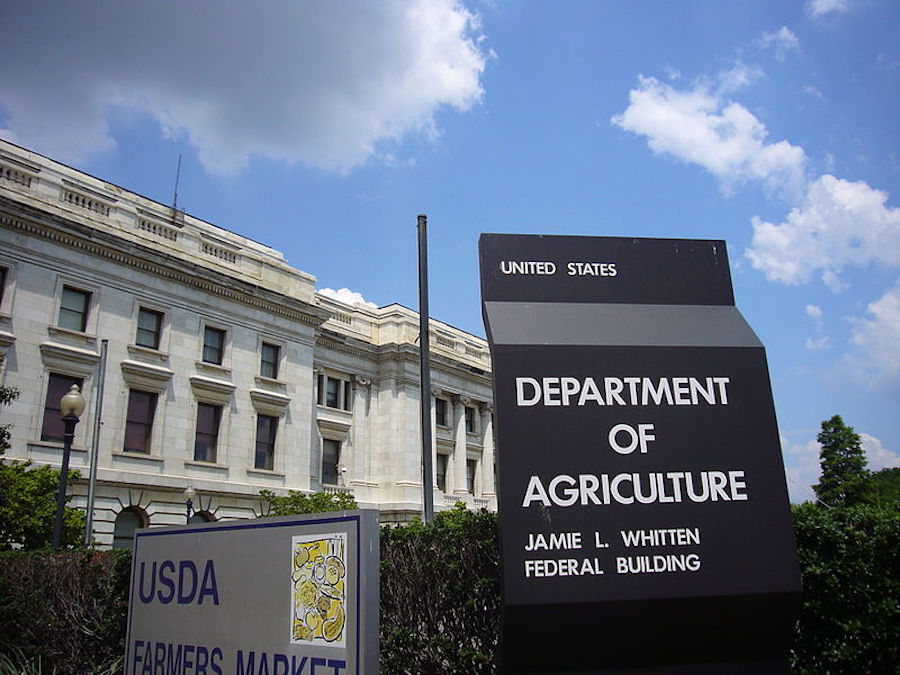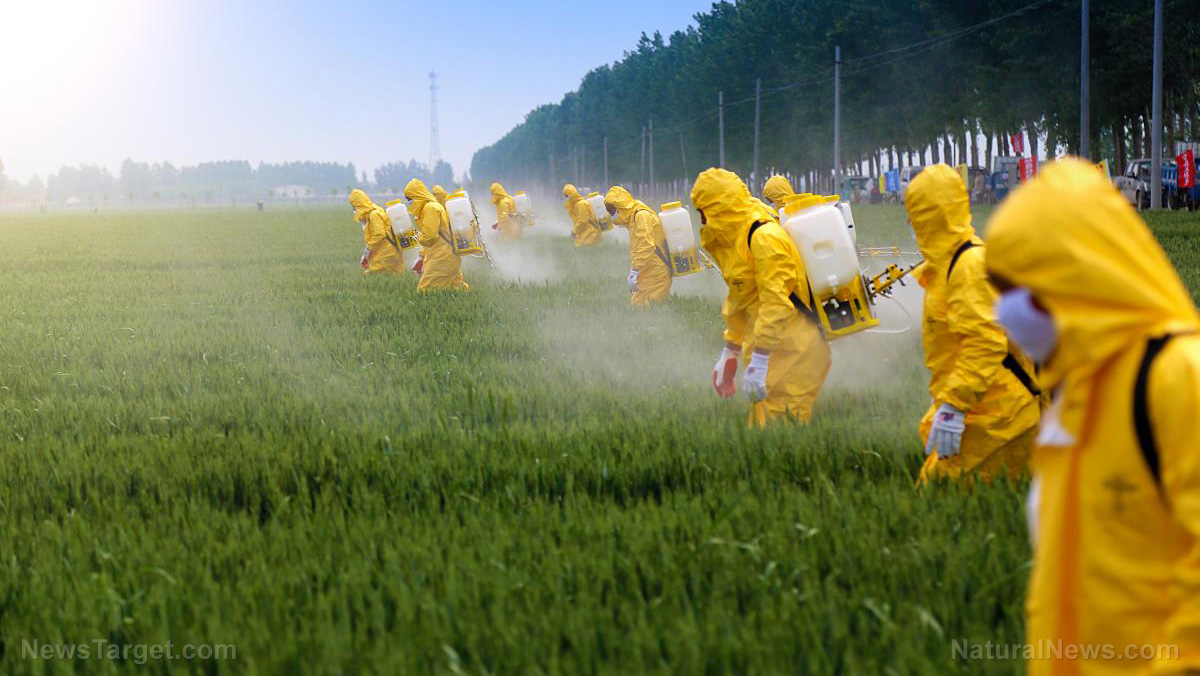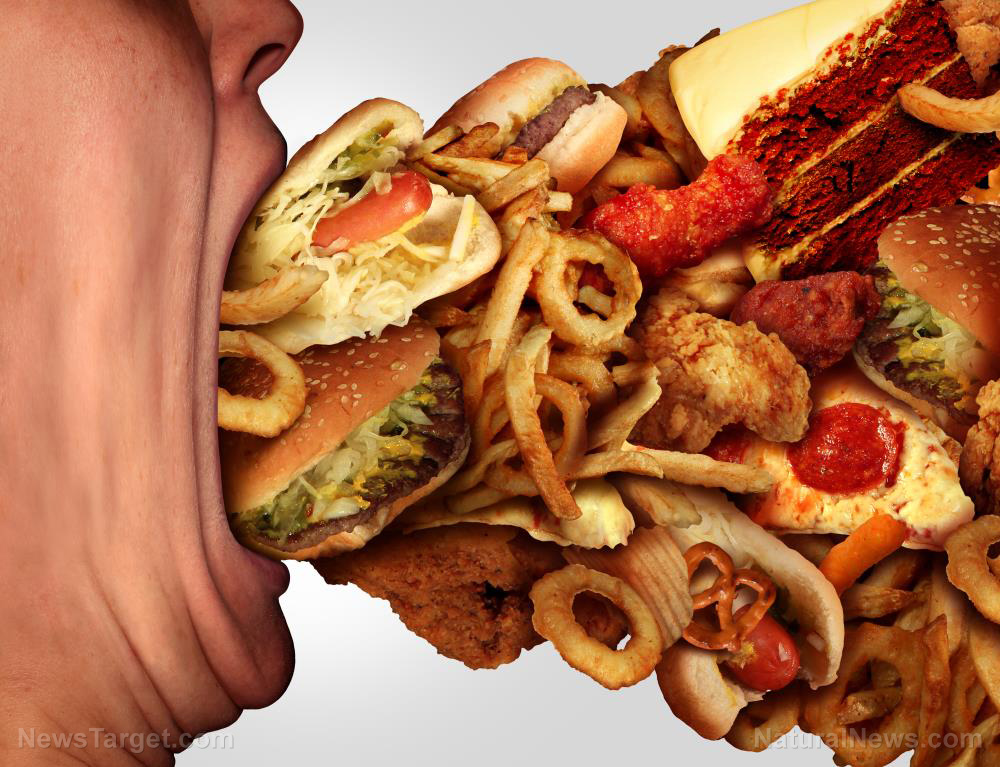Bombshell report proves that EPA has no clue what chemicals and toxins are being dumped on American farms as “biosolids”
04/08/2019 / By Ethan Huff
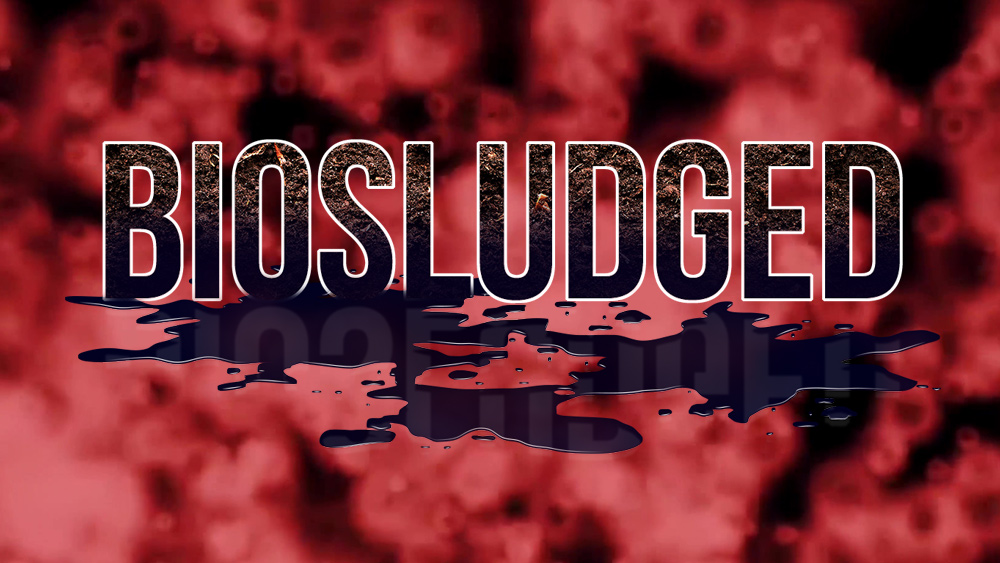
The official policy of the U.S. Environmental Protection Agency (EPA) is that so-called “biosolids,” the somewhat-treated raw sewage collected from wastewater treatment plants, is safe and good for America’s crops and cropland. But as revealed in a powerful, behind-the-scenes interview, this can’t be true because a little-known EPA report reveals that the EPA doesn’t even know what chemicals and pollutants are making their way into biosolids.
In conjunction with the release of the new Brighteon Films documentary Biosludged, which is available for viewing at Biosludged.com, Texas resident Craig Monk conducted an exclusive interview with our team, revealing the truth about biosludge that you’ll never hear from the mainstream media.
After experiencing the horrors of biosludge first-hand near his Midlothian home, Monk has been on a mission ever since to learn everything there is to know about this toxic waste being peddled on the masses as “natural fertilizer.” And one of the things he’s discovered is that biosludge isn’t properly safety tested – meaning there could be almost anything in it.
“The effluent that’s dumped into rivers from sewage plants, the Office of Inspector General states that it contains chemicals that they don’t even acknowledge,” Monk warns about the unknown makeup of biosludge.
“EPA’s Office of Inspector General Report 14-P-0363, to make a long story short, states that the EPA is not watching the effluent coming from sewage plants, and that there are chemicals that they don’t even acknowledge flowing into those rivers, and then into our drinking water.”
Be sure to watch the official trailer for Biosludged below:
The EPA hasn’t updated its priority pollutant list in nearly 30 years
The EPA report in question, which is available for viewing at the EPA website, states bluntly that the EPA does not have the proper “mechanisms to address discharge of hazardous chemicals into water resources.” And how could it, seeing as how the federal agency doesn’t even keep up with the many thousands of chemicals that are dumped into wastewater every single day?
“The EPA has not revised its priority pollutant list since 1983, and you can read that in 14-P-0363,” says Monk.
“The EPA makes it mandatory that industry dumps their hazardous and acute hazardous waste into the sewage system. There are some reports that the industry has to give on what they’re dumping. But I really don’t think that they’re monitoring that, having read the 14-P document from 09, 2014.”
Monk decided to dig even further, contacting the Texas Commission on Environmental Quality (TCEQ) for answers. But this, too, led to the revelation that not only the EPA, but TCEQ, and likely many other similar agencies around the country, have no clue which chemicals and other pollutants might be lingering in biosludge.
“We queried David Galindo, the director of water quality at the TCEQ, about 14-P-0363,” Monk explains. “And his reply was that the EPA has not made any rule change, according to him, and that there was nothing that they’re doing about it.”
In other words, nobody can say for sure what’s actually contained in biosludge. But that isn’t going to stop federal and local regulatory bodies from continuing to allow it to be spread all over American food crops – because, after all, there’s a lot of money at stake should anything ever get in the way of the toxic biosludge agenda.
“They’re allowing it because of money,” Monk says plainly, noting that many people would be out of a job were the truth to ever have an impact on actual policy.
Be sure to check out the entire Biosludged documentary for FREE at Biosludged.com.
You can also keep up with the latest biosludge news at Biosludge.news.
Sources for this article include:
Tagged Under: Biosludge, Biosludged, Brighteon, Brighteon Films, chemicals, contaminants, Craig Monk, cropland, crops, deception, drinking water, environ, Environmental Protection Agency, EPA, farms, interview, Midlothian, Office of Inspector General Report 14-P-0363, pollutants, priority, raw sewage, report, sewage, toxins, wastewater




